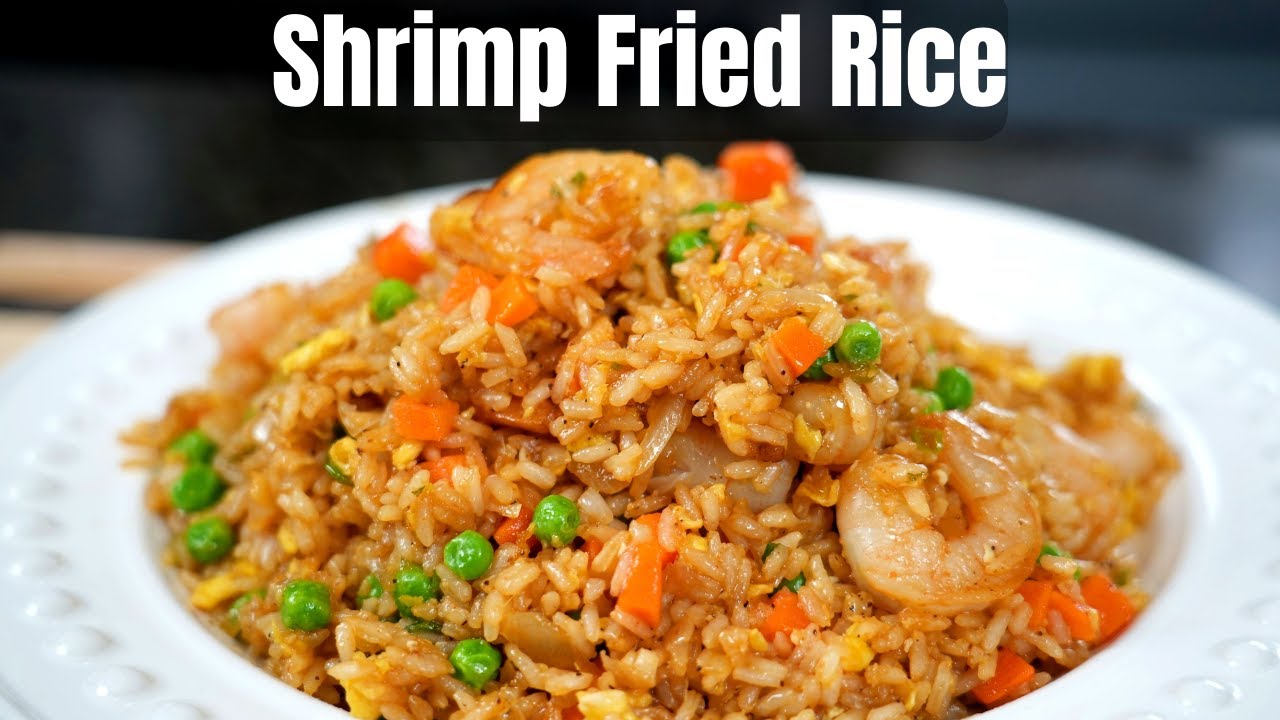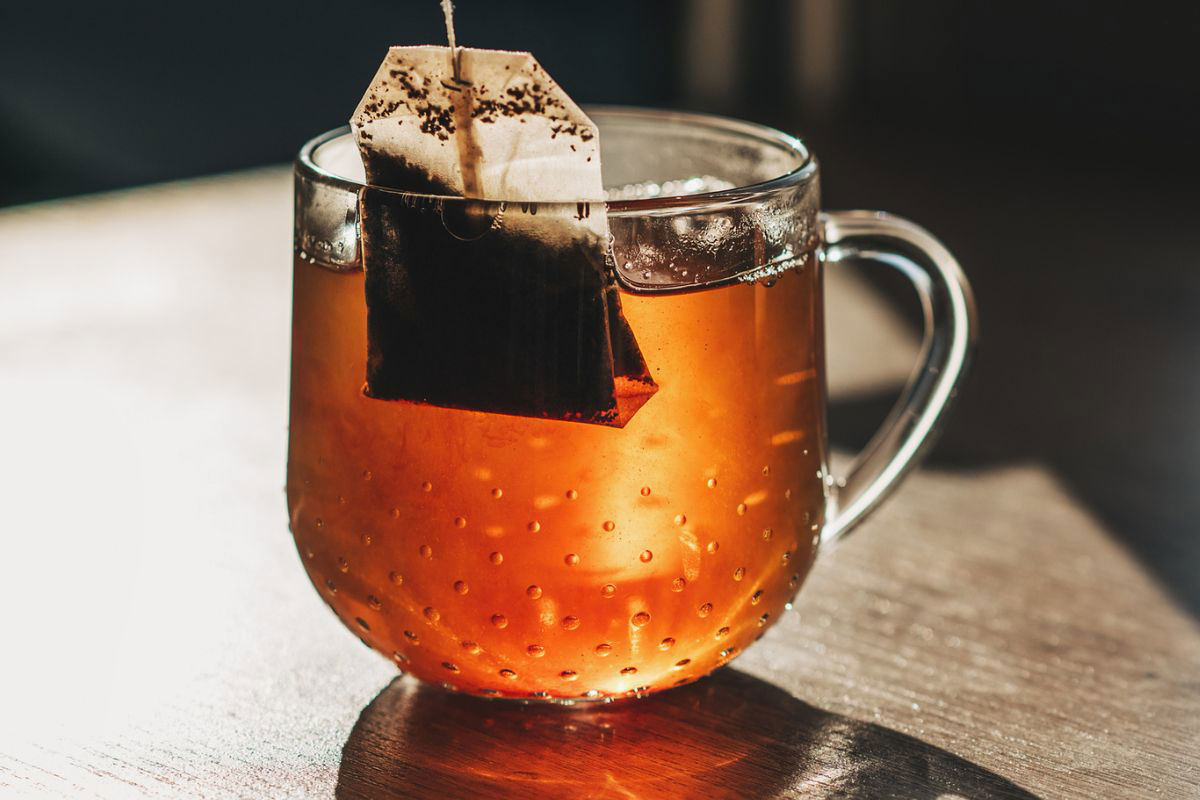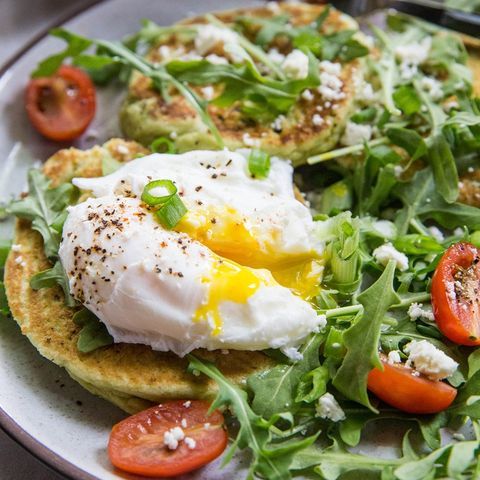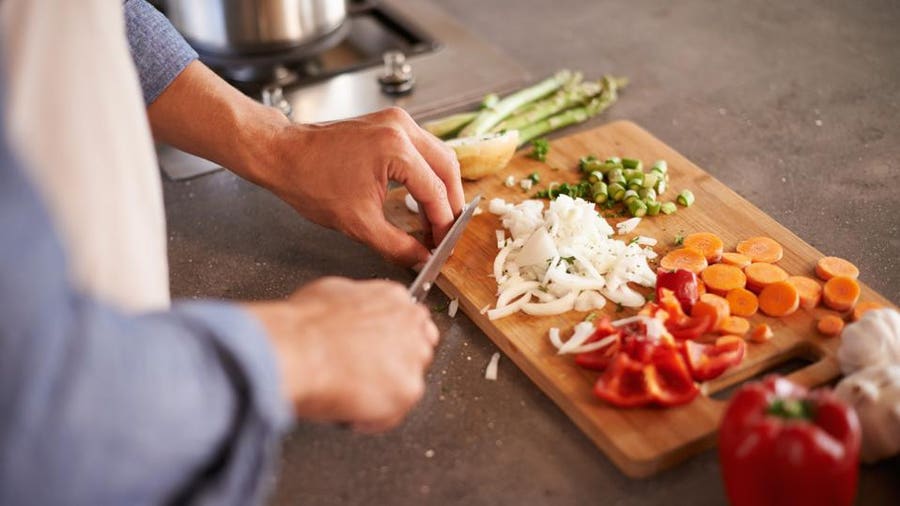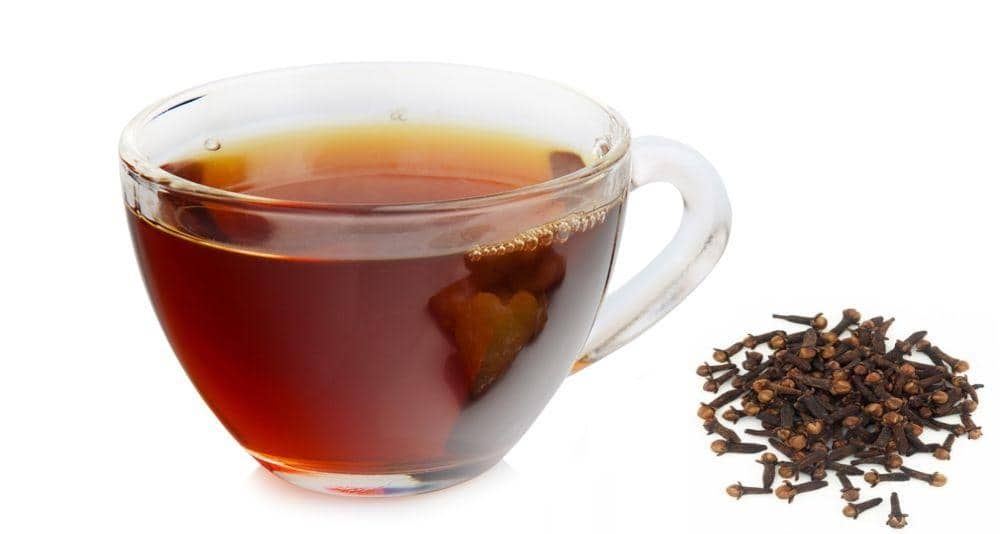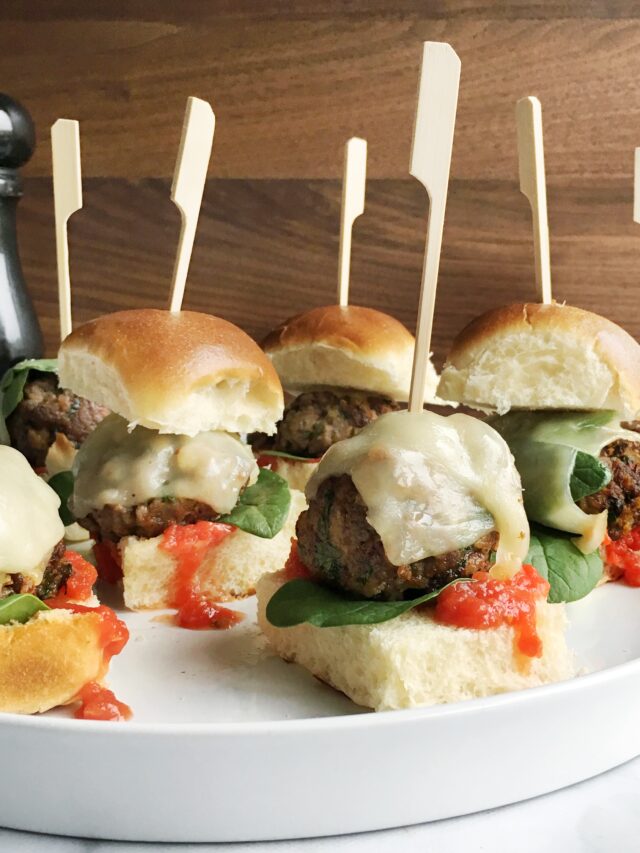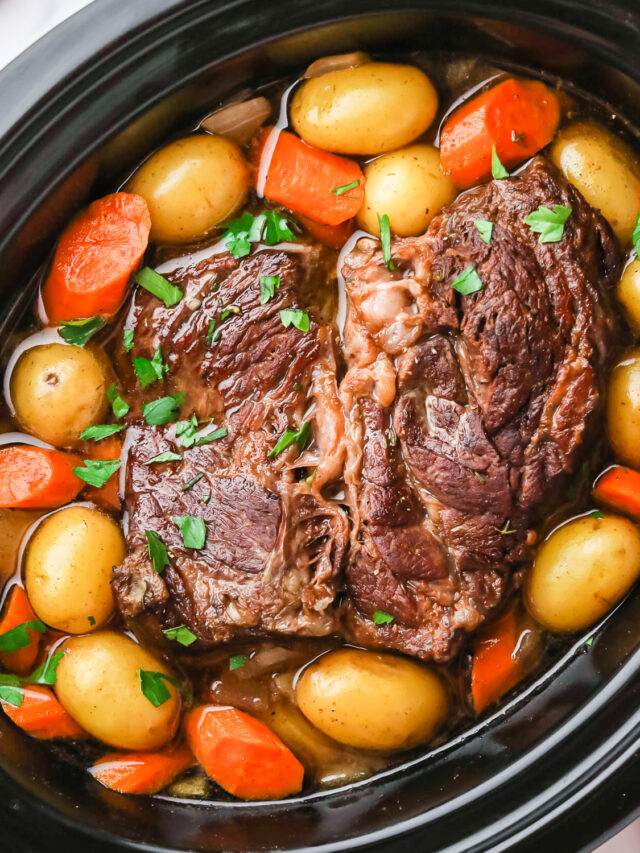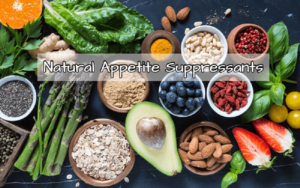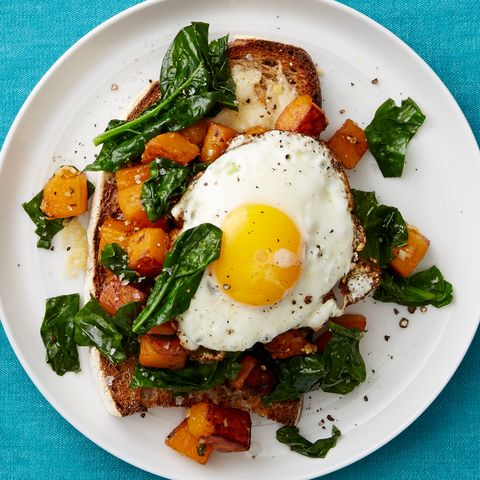Shrimp fried rice is a beloved dish enjoyed by many around the world.
Its popularity stems from its rich flavors, quick preparation time, and versatility in using leftover ingredients.
Whether you’re a seasoned chef or a beginner in the kitchen, learning to make shrimp fried rice can elevate your culinary skills and add a delightful dish to your repertoire.
This article will guide you through the process, from selecting the right ingredients to mastering the cooking techniques, ensuring that your shrimp fried rice is always a hit.
Fried rice is a staple in many Asian cuisines, with each culture putting its own spin on the dish.
Among the numerous variations, shrimp fried rice stands out for its savory blend of flavors and textures.
The combination of succulent shrimp, crisp vegetables, and seasoned rice creates a harmonious balance that is both satisfying and nutritious.
Originating from China, fried rice has evolved and adapted to different tastes and preferences, making it a versatile dish suitable for any meal.
This guide will provide a step-by-step approach to making perfect shrimp fried rice, ensuring that even those new to cooking can achieve great results.
Choosing the Right Ingredients
1. Selecting the Shrimp
The quality of shrimp you choose significantly impacts the final dish.
Fresh or properly frozen shrimp should be firm, translucent, and have a mild, sea-like smell.
Avoid shrimp that have a strong fishy odor or appear slimy.
For convenience, consider purchasing peeled and deveined shrimp, but if you prefer, you can buy whole shrimp and prepare them yourself.
Opt for medium to large shrimp, as they provide a good balance of flavor and texture without overpowering the rice.
2. Picking the Rice
The type of rice used in shrimp fried rice is crucial. Long-grain white rice, such as jasmine or basmati, is ideal because of its firm texture and ability to stay separate when fried.
Cook the rice a day ahead or at least a few hours before making the fried rice. Cold, leftover rice is best for frying as it prevents the dish from becoming mushy.
If you don’t have leftover rice, cook the rice with slightly less water to achieve a drier consistency, then spread it out on a baking sheet to cool quickly.
3. Choosing Vegetables
Vegetables add color, texture, and nutrition to shrimp fried rice. Common choices include peas, carrots, bell peppers, and green onions.
Fresh or frozen vegetables can be used, depending on availability and convenience.
When selecting vegetables, aim for a variety that provides a balance of flavors and textures, such as the sweetness of peas, the crunch of bell peppers, and the freshness of green onions.
Cut the vegetables into small, uniform pieces to ensure they cook evenly and blend seamlessly with the rice.
4. Selecting Seasonings and Sauces
Seasonings and sauces are what give shrimp fried rice its distinct flavor.
Soy sauce is a staple, providing a salty, umami depth to the dish.
For additional layers of flavor, consider using oyster sauce, which adds a sweet and savory richness, and sesame oil, which imparts a nutty aroma.
Garlic and ginger are essential for their aromatic qualities and should be finely minced to distribute evenly throughout the dish.
For heat, you can add a touch of chili paste or red pepper flakes according to your preference.
Preparing the Ingredients

5. Preparing the Shrimp
If you’re using fresh shrimp, start by peeling and deveining them.
Remove the shell and legs by pulling them off gently, then use a small paring knife to make a shallow cut along the back of the shrimp.
Rinse under cold water to remove the vein. Pat the shrimp dry with paper towels to ensure they sear properly when cooked.
If using frozen shrimp, thaw them in the refrigerator overnight or quickly under cold running water.
Once thawed, follow the same preparation steps as for fresh shrimp.
6. Cooking the Rice
As mentioned, day-old rice is best for making fried rice.
If cooking fresh rice, rinse it thoroughly under cold water to remove excess starch, which helps prevent clumping.
Cook the rice according to package instructions, but use slightly less water than usual. Once cooked, spread the rice on a baking sheet to cool.
This allows the moisture to evaporate and the rice to firm up, making it perfect for frying.
If you’re using leftover rice, break up any clumps with a fork before adding it to the wok or skillet.
7. Preparing the Vegetables
Wash and prepare the vegetables by cutting them into small, uniform pieces.
If using carrots, peel and dice them into small cubes. Bell peppers should be deseeded and chopped into bite-sized pieces.
Green onions should be sliced thinly, keeping the white and green parts separate as they cook at different rates.
If using frozen vegetables, thaw them slightly and pat dry to remove excess moisture. This ensures they cook quickly and don’t add unwanted water to the dish.
8. Making the Sauce
A well-balanced sauce is key to delicious shrimp fried rice. In a small bowl, mix together soy sauce, oyster sauce, and a few drops of sesame oil.
Adjust the quantities according to your taste preference, but a general guideline is two tablespoons of soy sauce, one tablespoon of oyster sauce, and one teaspoon of sesame oil.
If you prefer a spicier dish, add a small amount of chili paste or red pepper flakes. Mix thoroughly and set aside, ready to be added during the cooking process.
Cooking the Shrimp Fried Rice
9. Cooking the Shrimp
Heat a large wok or skillet over medium-high heat and add a tablespoon of oil.
When the oil is hot, add the shrimp in a single layer.
Cook for 2-3 minutes on each side, or until they turn pink and opaque.
Be careful not to overcook the shrimp, as they can become rubbery.
Once cooked, remove the shrimp from the wok and set them aside.
The goal is to achieve a nice sear on the shrimp, which adds flavor to the dish.
10. Sautéing the Vegetables
In the same wok or skillet, add another tablespoon of oil if needed.
Add the minced garlic and ginger, and sauté for about 30 seconds until fragrant.
Then, add the diced carrots and cook for 2-3 minutes until they begin to soften.
Next, add the bell peppers and cook for another 2 minutes.
If using frozen peas, add them at this stage.
Finally, add the white parts of the green onions and cook for an additional minute.
The vegetables should be tender-crisp, maintaining some crunch for texture.
11. Adding the Rice
Once the vegetables are cooked, push them to the sides of the wok or skillet, creating a well in the center.
Add a bit more oil if needed, then add the cooked and cooled rice.
Stir the rice continuously, breaking up any clumps and ensuring it heats evenly.
The goal is to fry the rice, giving it a slight crispiness and allowing it to absorb the flavors of the other ingredients.
This step should take about 5-7 minutes, depending on the quantity of rice.
12. Combining All Ingredients
After the rice is heated through, return the cooked shrimp to the wok.
Pour the prepared sauce over the rice and mix everything together thoroughly.
Ensure that the shrimp and vegetables are evenly distributed throughout the rice and that the sauce coats all the ingredients.
Cook for an additional 2-3 minutes, stirring continuously.
This final cooking step allows the flavors to meld together, creating a cohesive and delicious dish.
Final Touches and Serving

13. Garnishing the Dish
Garnishing shrimp fried rice adds visual appeal and an extra layer of flavor.
Thinly sliced green onion tops, sesame seeds, or a sprinkle of chopped cilantro can enhance the dish.
For a bit of crunch, consider adding chopped roasted peanuts or cashews.
If you like a hint of acidity, a squeeze of fresh lime juice just before serving can brighten the flavors.
Arrange the garnishes attractively on top of the fried rice just before serving.
14. Serving Suggestions
Shrimp fried rice can be served as a main dish or a side. If serving as a main, pair it with a light soup or salad to balance the meal.
For a more substantial spread, accompany it with other Asian-inspired dishes such as spring rolls, dumplings, or stir-fried vegetables.
When serving as a side, shrimp fried rice complements a variety of proteins like grilled chicken, beef, or tofu.
Serve it hot, directly from the wok or skillet, to ensure the best flavor and texture.
15. Storing and Reheating
If you have leftovers, store them in an airtight container in the refrigerator for up to three days.
When reheating, use a microwave or stovetop.
For the microwave, cover the rice with a damp paper towel to retain moisture.
Heat in short intervals, stirring in between, until warmed through.
For stovetop reheating, add a small amount of oil to a pan and cook over medium heat, stirring frequently.
Avoid reheating more than once, as this can affect the texture and safety of the shrimp.
Other Stories You May Like
Conclusion
Making shrimp fried rice at home is a rewarding experience that combines simple ingredients with straightforward techniques to create a delicious and satisfying meal.
By selecting high-quality shrimp, properly cooking the rice, and balancing the flavors with fresh vegetables and savory sauces, you can replicate this popular dish in your own kitchen.
Whether you’re cooking for yourself, your family, or guests, shrimp fried rice is sure to impress with its vibrant colors, enticing aromas, and delightful taste.
Enjoy the process of making this classic dish and the joy it brings to your table.

